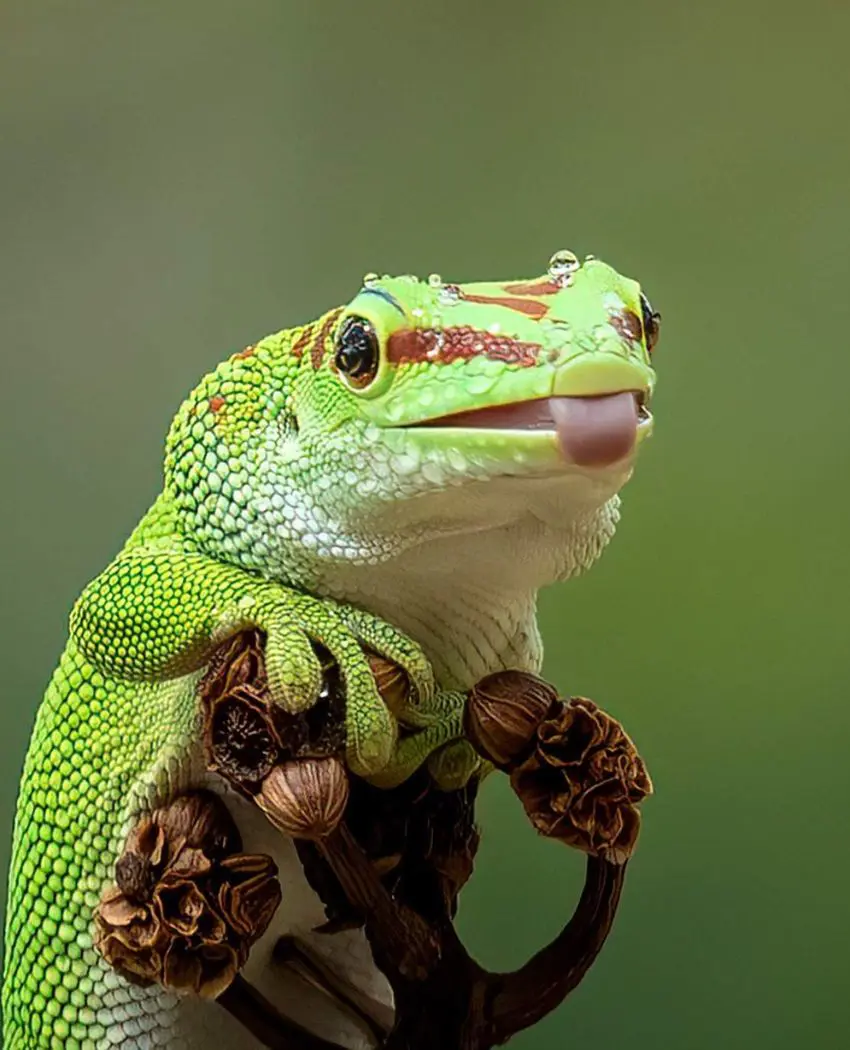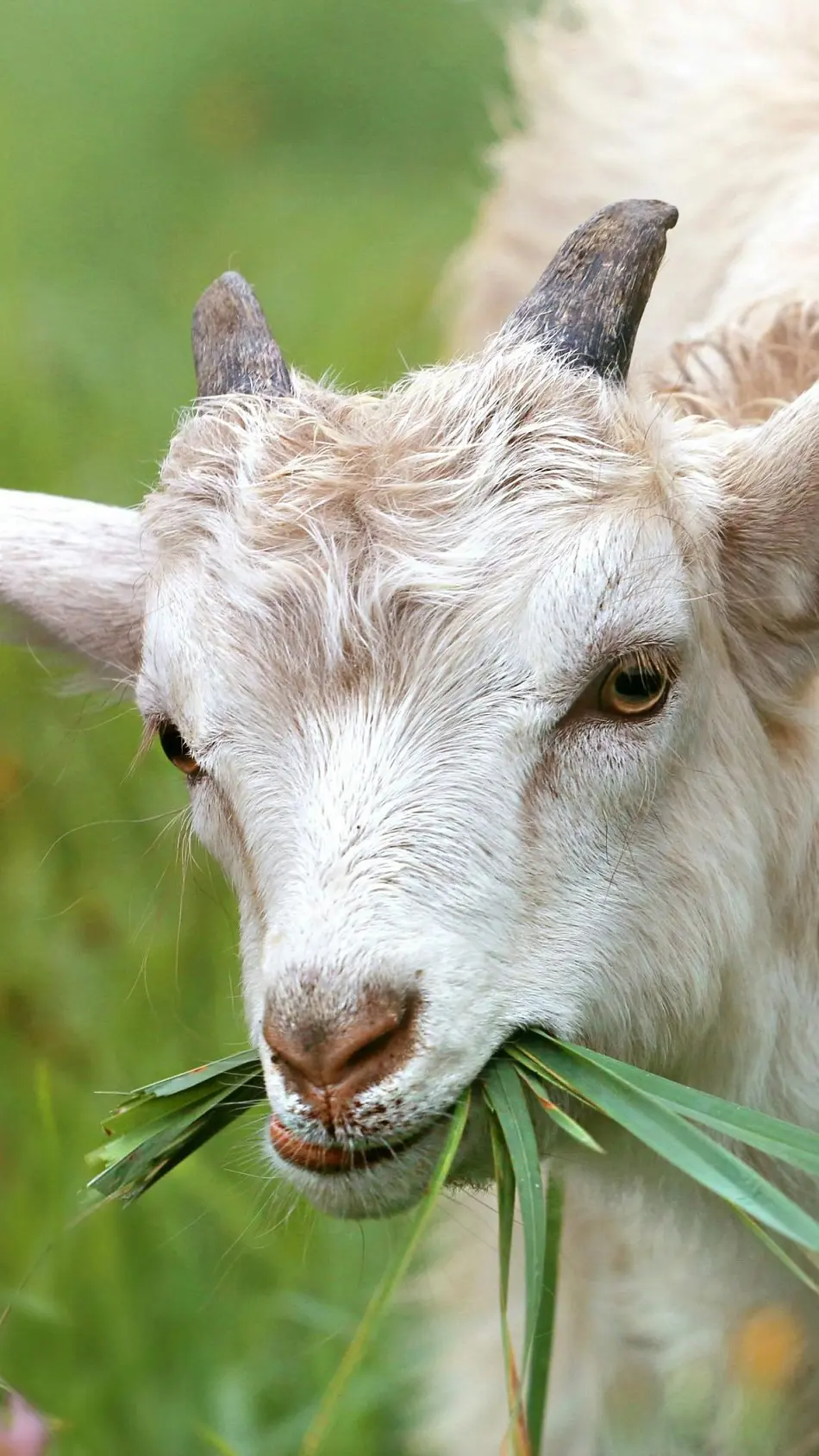What Do Snails Eat?

Snails are very intriguing creatures and very often catch our eye by simply going along so slowly and with their weird, oozing shells. Looking at them for their function in the ecosystem and what they eat is of utter importance.
On the other hand, snails can be wild and are not choosy eaters, the choice of diet just depends on species, various environments and availability of the various feeds. Let's learn more about what snails eat in this article.
Leafy vegetation
On most vegetation, these would be the most different leafy greens that allow them to get mineral-based nutrition as well as the radiant hydration they so need. Common vegetables include lettuce, spinach, chard, and kale, and they are all popular favorites when it comes to snails.
Not only are these greens considered natural sources of many vitamins and minerals, but they also make for naturally healthy feeds for snails. Extending outside of the limit of greens and water, snails would consume many more alternative vegetables, such as cucumbers or carrots, which are also nutritious dietary preferences.
The majority of these types of leafy greens need to be given in a pet setting for the balance to be assured in your snail's diet. They first need to be washed before giving to remove any pesticides and chemicals that may be on them.
Fruits
Apples, pears, and melons are part of the group of most commonly accepted fruits taken by snails, the main content in them is natural sugars to provide energy, but they also give hydration for the snails, which is important in general snail health. Some berries like strawberries and blueberries are high in nutritional value.
Also, when feeding it fruit, cut the fruit into small pieces so that it is easy for the snail to feed on. Just like the vegetables, free the fruits from pesticides or any chemicals on them. Giving a variety of fruits will make your snail's diet interesting and not make them choosy with what they eat.
Algae

In its natural environment, the snail will have to browse through the algae growing over rocks, plants, and all other surfaces. On top of all that, the algae are very nutritious and are one of the nutritious sources necessary for the snail to stay active enough to push through the day.
While the algae that naturally develops in the fish tank is what snails may automatically eat as part of that snails are pretty independent concerning helping themselves to keep the tank clean by eating that very same algae. However, if your tank doesn't have an adequate amount of algae, then its diet would have to be supplemented with the ingestion of various kinds of food.
Calcium-Rich Foods
It is an important element in the development of snails and the maintenance of their shell. Low levels of calcium make snail shells weak and expose snails to possible health hazards. They are fed typical items rich in calcium as part of their diet, some of which include cuttlebone, eggshells, kale, broccoli, and several vegetables that occur naturally with a high level of calcium needed in the formation of their shells.
Foods that are calcinated or powdered calcium should also be provided all the time to give a steady source for the pets. Part of the supply in nature will also be from the soil, rocks, and decaying visceral materials that can form part of the diet of snails.
The shells are very important in the body of a snail, and with the right amount of calcium in their diet, the shells will be strong in offering protection.
Fungi and Mushrooms
They have quite rich nutritional value and form another avenue of taste with texture when being presented as an alternative to leafy greens and fruits. Snails that are living in the wild find some forms of fungi on the ground floor of the forest, or even in gardens found in humid zones.
While store-bought and small amounts of mushrooms are okay to feed snails as pets once assured that the mushrooms are not marinated with pesticides and chemicals. Consumption of some wild mushrooms can be dangerous to the nutritional health of snails as some might be toxic for snails.
Add to this some mushrooms and funguses, so that together there can be food to choose from, good, balanced, and diversified in their diet.
Decaying Plant Matter

All these include dropped leaves, rotted vegetables, and other by-products of plants showing a breakdown. In such an ecological niche, snails become very useful decomposers in the restoration cycle of matter-food broken down and assimilated by them straight back into the soil.
You can recreate this natural behavior in your home by periodically offering decaying plant matter, such as wilted lettuce and softening fruits. That you may need to clean the enclosure more often since mold and other unwanted bacteria may start breeding.
A combination of fresh and decaying plant matter will result in an enhanced and so much more naturalistic environment.
Soil and Organic Debris
Soil contains just about everything in the way of minerals, including calcium and magnesium, which are two of the main ones a snail needs together with lots of other trace elements. Organic matter contains all sorts of dead plant material and small insects which can also provide useful food for the snail and help in obtaining its diet naturally and nutritionally.
This can be provided for pet snails through nutrient-rich substrate. Small quantities of organic matter, such as leaf litter, may be given as a dietary supplement. If the former is to be bred, substrate safety becomes even more critical to avoid chemicals and other harmful constituents in the diet.
Food Rich in Meat
Although mostly herbivorous, several snail species resort to animal matter under circumstances that render other matters scarce, this may include small insects, worms, or even carrion if need be. These food sources will provide the snails with much-needed protein that will be useful in growth and energy.
There is no need to feed them animal matter, as a nutritious plant, fruits, and other food diets contain the requirement, if the food attracts the snail, it involves a requirement of protein. Besides, it is a proper balance in the food and enough nutrition intake that keeps the snail away from its odd choices.
Commercial Snail Food

This kind of food is relatively well-balanced nutritionally and contains most of what these creatures need, being presented conveniently. The most common forms of such foods are pellets or wafers, which mainly contain a mixture of plant matter, calcium, and other necessary contents that generally supplement health.
When you opt to feed them commercially prepared snail food, make certain that you are giving them high-quality, snail food that doesn't have within it those bad additives or chemicals. When it comes to feeding, commercial foods are really easy but, you would still need to serve fresh fruits, vegetables, and sources of calcium alongside the food to have a healthy and varied diet.
Rotten Wood
As the wood decays, it will soften and, therefore, be easier to feed on for snails, such food items are highly fibrous and may form an integral part of snails' nutritional requirements for those snails living in forested areas. The consumption of decaying wood also contributes to breaking down organic matter and completing the nutrient cycle in their habitat.
This can work well for naturalistic enclosures as small pieces of rotting wood add a piece of their natural habitat and offer food and enrichment. In case you decide to do that, just ensure that wood is not treated with chemicals, as all these can be dangerous for snails.
You need to change the rotting wood regularly because it can grow mold or some type of harmful bacteria.
Eggshells
It provides snails with an effective source of calcium. Snails need calcium to allow them to be in a position to build and maintain their shells, and since eggshells supply the most available and natural source of supplementation, this gives them enough of it. Crushed eggshells sprinkled on food or placed inside enclosures allow the snail to nibble on them as needed.
This is particularly beneficial for snails that might not get enough calcium from their regular diet, to make eggshells ready for snails, one has to clean them properly and bake them in the oven to kill any bacteria present on them as they can be crushed into small pieces or made into a fine powder. Giving these will make sure your snail shells are strong and healthy most of the time, pretty much contributing to its life quality.
Carrots

They are crunchy and a nice addition to the diet of snails and are quite nourishing and rich in vitamins and minerals, mostly in beta-carotene, which supports and maintains vigor and the health of snails' eyes. These are also rich in fibrous content, which helps for better digestion because of their firm texture, helping in grinding down the snail's radula and not letting it overgrow.
When you feed carrots to snails, it's good to make sure that they have been broken down to smaller and more manageable bits. They can also be slightly blanched, making the pieces much softer and easier to digest by the snails. Adds variety and a bit of nutritional value for the health and well-being of the snail.
Lawn Trimmings
Grass clippings could be a natural, very abundant source of food for snails, especially from untreated lawns, fresh ones are full of moisture and contain a lot of nutrients, while dried grass has a different texture and nutritional value. In the wild, snails would feed on grass and other low-growing forbs as part of their day-to-day digestive mandate.
If one is going to feed grass clippings to pet snails, let caution be taken that the grass hasn't been treated with pesticides, herbicides, or fertilizers as it contains harmful chemicals. It can be given in moderation to add diversity to the food, and it is very good for those kept in more naturalistic setups, so snails are allowed to get out and graze on it.
Mushy or Decomposed Foods
These foods also tend to appeal to snails, even in some cases to those living in the wild, overripe fruits, softening vegetables, and other foods that begin to spoil when the texture becomes a little easier to eat than they already were. Offer foods that are easily hydrating and nutritious, so they largely become a regular player in the snail's diet when fresh foods are not exactly thrown in front of it.
It is very easy to offer mushy foods to pet snails, but be careful in so doing, offer only foods that are safe from mold, it tends to be toxic to snails. Do not offer foods that are extremely degraded in quality, as that could carry harmful bacteria. Just be vigilant and observe the state of food inside your snail's enclosure to be sure they are eating safe and healthy eats.
Seeds and Grains

Grains and seeds give texture and a varied nutritional profile to a snail's diet from what they would otherwise get from normal leafy greens and vegetables. Grains- wildly common in the wilds, oats, barley, and corn may enter the gut of a snail as a part of its normal behavioral routine.
Snails in particular like to be fed with seeds like sunflower seeds or pumpkin seeds, but these should be given only in minimum amounts because they contain a lot of fat. In a captive setting, grains and seeds can be offered occasionally as treats exclusively.
It is highly critical to mash or grind these foods into a digestible consistency because snails do not possess strong jaws, which can grind harder items into bits.
Aquatic Plants
The plants will help the ecosystem by producing oxygen and providing shelter to other organisms, some of the common aquatic plants they would consider eating include water lettuce, duckweed, and hornwort. To some large extent, such plants contain minerals and are high in fiber, which snails are direly in need of for their digestive system.
For aquatic snails, the numerous live plants that are present in the tank can be critiqued as a positive aspect in terms of providing natural, constant food. Furthermore, plants are just one way that the water quality can be preserved though plants provide an advantage to the general health of the aquarium.
Fish Food

The snails in aquariums overfeed from the fish feed leftovers, commercial fish feed majorly comprises a combination of proteins and has vitamins and minerals that are equally good for snails. This should not be the prime source of food for snails, as the fish feed is meant for the fish, which might not contain the required nutrition for the snail.
Once the snails start eating or consuming the fish food you've placed in the aquarium, that is a sign they are hungry or do not have that much natural food inside the tank, these are just supplements. Variation and plant-based feed will still be offered, together with sources of calcium.
Recent posts
Pets
20 Pet Friendly Stores In The USA
Over the years, the population of pet owners, especially ones with dogs, has increased. Naturally, this has also increased the need for pet-friendly stores because pet owners no longer want to give business to stores where their furry best friends ar...
Why Do Horse Have Manes?
Horses have manes primarily for protection and communication. The thick hair shields their necks from insects, weather, and potential predators, while also serving as a way for horses to express social cues among their herd. In this article, we are g...
18 Foods Geckos Can Have
Geckos are a group of small to medium-sized lizards known for their unique adaptations. It is important to understand what geckos eat before you bring them home. The exact food for geckos may vary based on their age, species, and activity level...
20 Foods You Can Give To Your Pet Snake
With the increase in people's unique interest and taste for pets, snakes are becoming more popular. These reptiles are considered fascinating creatures and are preferred mainly by those who want a long-term commitment from their pets. Unlike other us...
17 Foods That Goats Can Eat
Although they naturally are curious and may enjoy the many types of food available, it is much better if well-rounded nutrition is given to them to ensure they will have good health. A variety of food keeps them healthy but also pleases their taste f...
18 Foods That Ferrets Can Have
Ferrets are small, active animals that have gained popularity as pets owing to their curious social nature and athleticism. Although they are playful pets, ferrets nonetheless have different nutritional needs than more common companion animals like c...







